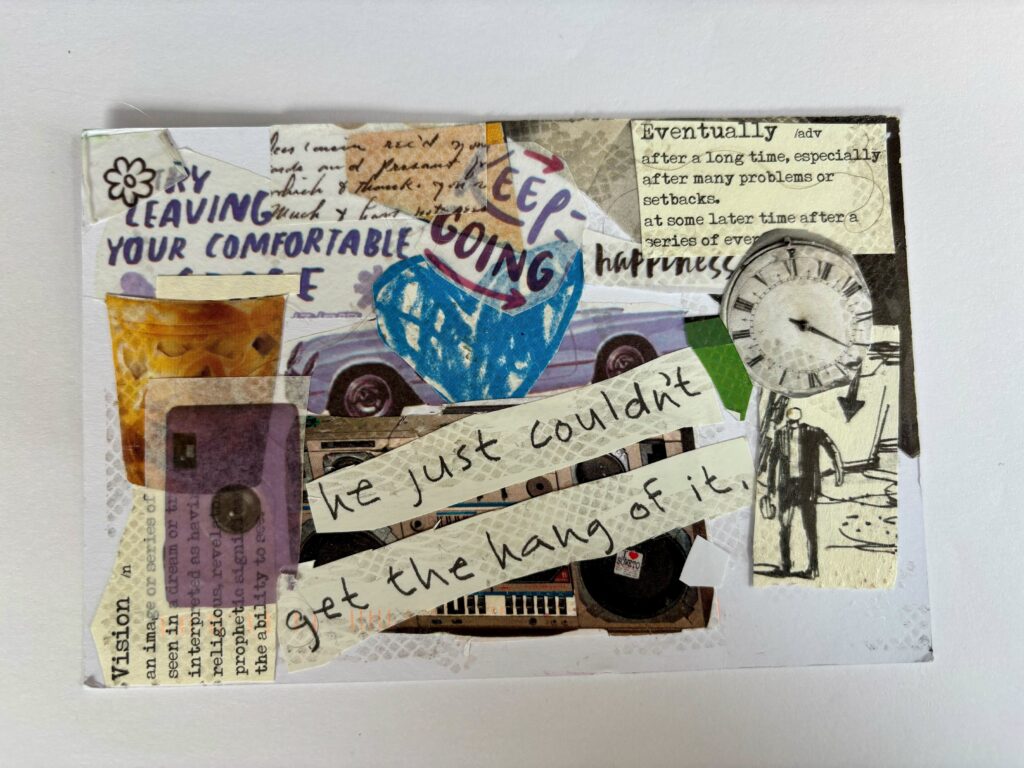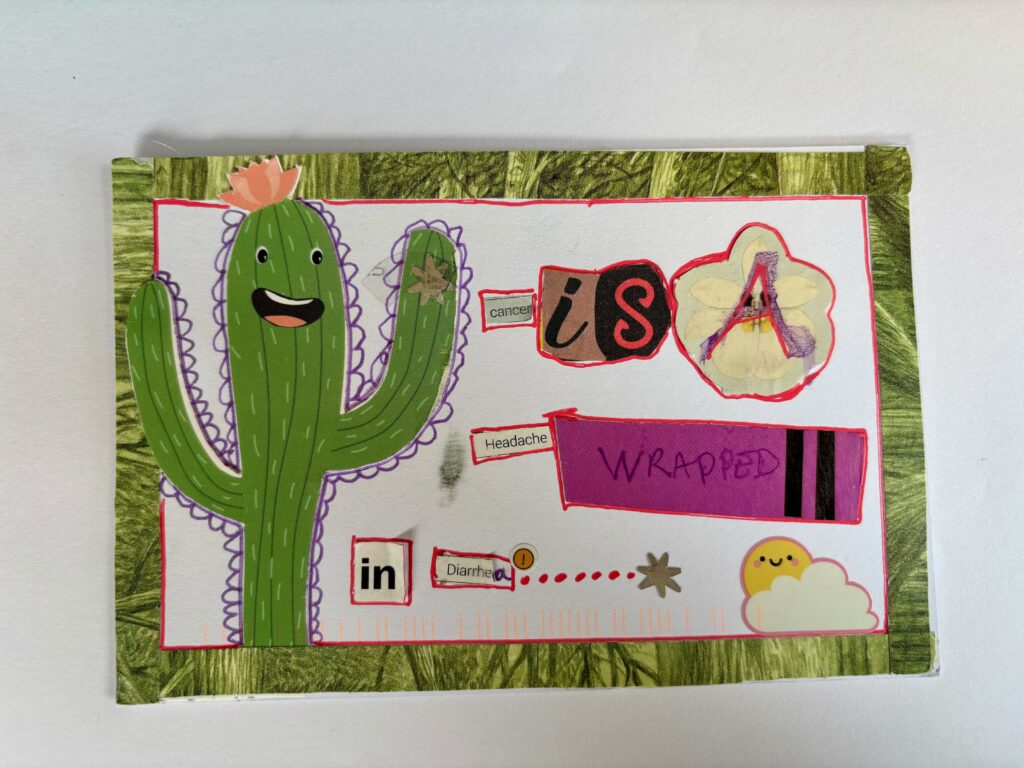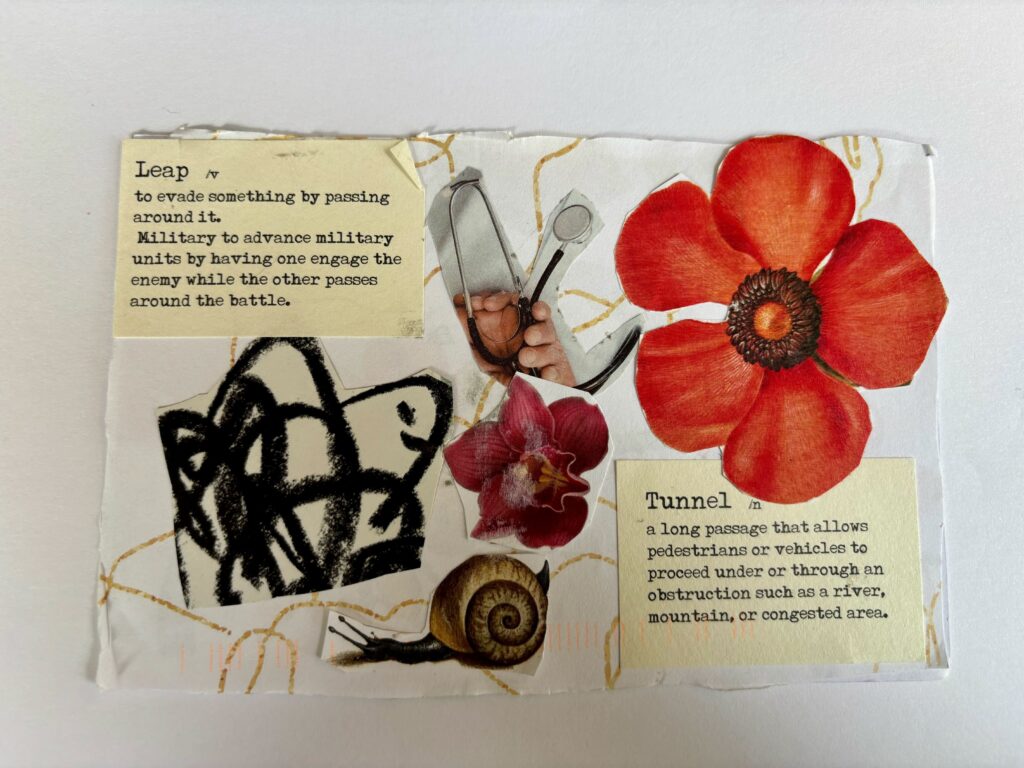Welcome to the comments and discussion of the Young Adult Cancer Book Club! We are reading The Immortal Life of Henrietta Lacks by Rebecca Skloot! Catch up on Chapters 1-3.
Let’s get started!
Chapter 4. The Birth of HeLa. 1951.
I have continually been amazed at how many important discoveries and procedures this book details that happened around the same time. In this chapter, we see the beginning of laboratory sterile procedures and I was forced to ask myself…if you knew that a surgery area needed to be sterile, why would a lab be any different?! This chapter also introduces us more formally to George Gey who invented the roller-tube culturing technique. Still, at the end of the chapter I’m left wondering…what was different about Henrietta’s cells that they kept on going when other cells would die? Hopefully, we’ll have that answer soon!
I really appreciate the pacing of this book so far. Chapters are short enough to feel like I’m moving my way through the dense book but also packed full of great info and people. Margaret and George both did so much to further the study of medicine and science and yet…I can’t escape the scandal underneath it all.
– Mallory C
Chapter 5. “Blackness Be Spreadin All Inside.” 1951.
I just can’t believe all the science that was developed at this time.
I was never good at science and I’m not huge on history, but this was very interesting that they were in Pittsburgh at a point in their lives. That’s where I’m from and where I live right now. Having the tubes of radium inside Henrietta and the lead on her body just seems crazy to me. Science is baffling to me right now, especially with the things that are happening with my own body and to read about where they started. It’s interesting that Henrietta was able to have that many children and go through that surgery. I guess it was lucky that Mary was very sterile and was able to keep those samples alive. But baffling, Henrietta didn’t really know that all of that was going on with her samples. Well at the end of this chapter her skin is turning dark so I’m guessing that it’s spreading and side effects are happening, even though they weren’t recorded. There’s still a good amount of the chapters left but I feel like her health is not doing well.
– Jennifer D
Chapter 6. “Lady’s On the Phone.” 1999.
The harassment this family must have seen! To only receive phone calls from white people when someone has questions about the Hela cells…ohhh my. It makes total sense to me that Roland Pattillo chose to act as a gatekeeper of sorts, only allowing Rebecca Skloot access to contact information for Lacks family members after she seemed to satisfy the interview questions he gave and after he gave her a detailed list of “dos” and “don’ts”. The fact that Rebecca was able to speak with Deborah, Henrietta’s daughter and get such great information only to be cut off for almost a year because of lack of trust just serves to emphasize the lack of trust the Lacks family had towards medical questions.
– Mallory C
In chapter 6, with the help of Patillo, the organizer for “The HeLa Cancer Control Symposium” in Atlanta, Rebecca is finally able to contact members of Henrietta’s family. First, she calls and talks to Henrietta’s only living daughter, Deborah, who is recovering from a stroke brought about (Deborah believes) from all the stress relating to the recent swarm of interest in her mother’s cells. During their first talk, Deborah surprises Rebecca by being excited to hear about Rebecca’s mission to write a book about her mother: this is thrilling to Deborah since she sees it as a chance to learn more about a mother she never knew. When Rebecca calls back to follow up on this first talk, however, Deborah is much less enthusiastic about the project. She sounds sedated and refuses to cooperate with any more interviews: Rebecca must contact her father or brothers if she wants to learn more. This leads Rebecca to contact David, Henrietta’s octogenarian widower, but in their brief exchange, he misunderstands her. After expressing irritation with people like Rebecca who keep pursuing him to learn more about his wife, he hangs up.
This chapter reveals Rebecca’s passion for Henrietta’s story deepening as she makes the first contact with Henrietta’s heirs. It also demonstrates the challenges she will face as she pursues the story. How can she convey her good intentions to the family of Henrietta and not seem like one more white person trying to cash in on the miracle of Henrietta’s cells? Rebecca’s motives appear sincere: she wants to write the book, after all, to honor Henrietta’s life and bring rightful attention to a woman whose cells have been such a benefit to science and humanity. At the same time, Rebecca’s decision to insert herself into the book about Henrietta feels problematic to me, even self-serving. Wouldn’t there be a way to write this book where the journalist narrator is not so obtrusive as a character? At this point in the story, I can definitely understand the Lacks family’s resistance to and suspicion of Skloot. Just like with them, she needs to do more to win over my trust that her intentions in telling this story are truly selfless and for the benefit of the Lacks family instead of her own.
– Ava
—
Thanks for joining us for Chapters 4-6 of The Immortal Life of Henrietta Lacks by Rebecca Skloot! Join in next Monday for Chapters 7-9.
If you’re just joining us, here are some logistics:
We will talk about several chapters each Monday until the book is done (probably about three chapters since the book has so many). Then, we’ll use one more Monday to talk about general feelings from the book and anything else you’d like to discuss. Join in, in the comments every week! At the end, we’ll have a book club discussion via video chat! Also, there will probably be spoilers. Read along with us!
How are you enjoying our young adult cancer book club?








